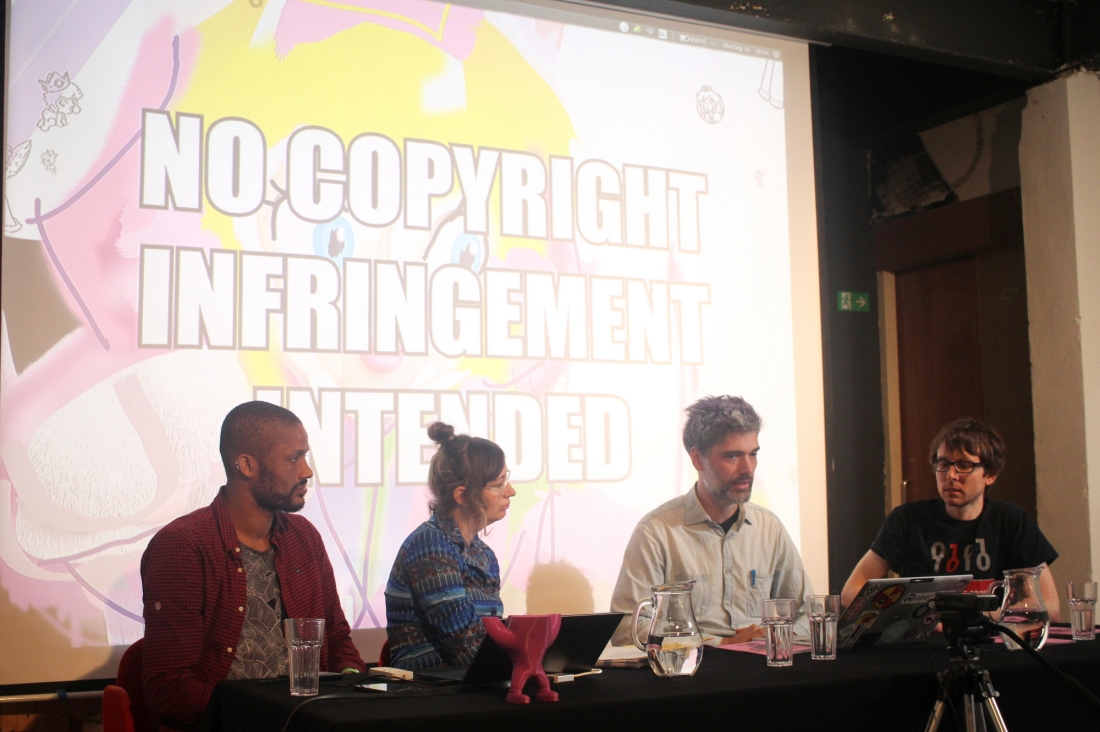Remember the Zune? Chances are you don’t. The Zune was Microsoft’s answer to the iPod. But unlike Apple’s iconic music player, the recent announcement by Microsoft that it is to close down its Zune music service this service is unlikely to result in a mass outpouring of nostalgic ‘I remember downloading my first song from the Zune store’ newspaper stories.
On the face of it, the Zune’s demise is just the latest in a long line of gadgets which never quite managed to capture the public’s imagination. However, thanks to the wonders of digital rights management (DRM) and copyright over-reach, the Zune’s demise carries with it a nasty sting in the tail which each of us should care about, whether or not we ever even came across a Zune in the real world.
From 15 November, it is not just the Zune Music Service that will close, Microsoft will also be closing down the computers which are required to authenticate any music customers purchased containing DRM. As a result of this move, DRM technology, which was always justified as a way of thwarting bad people who did not pay for music, will have the perverse effect of prevent paying customers from enjoying the music they purchased. Reassuringly, music files without DRM, irrespective of how a person obtained them, will continue to play just fine.
It doesn’t have to be this way, of course. Zune music customers can easily convert their music files into a DRM free format using software freely available on the web. But customers won’t be offered this about this option, and not simply because (relatively) few people ever got on board with Zune.
No, the reason why Zune customers will find themselves locked out of their own music collection stems from copyright law, specifically a controversial provision of the United States’ Digital Copyright Millennium Act or DCMA for short. The legislation contains what is known as an ‘anti-circumvention’ provision, which makes it a crime for anyone to attempt to circumvent ‘digital locks’ built into software, such as the DRM found in digital media. While individual Zune customers (they must exist, surely!) are unlikely to ever be prosecuted for converting their music, the existence of the legislation generates a chilling effect such that a corporation such as Microsoft would be extremely unlikely to give customers the option of converting their music to a DRM free format.
If after reading this post you’re thinking, what’s the big deal? It’s worth noting that DRM and the restrictions it imposes on customers is not limited to Zune music files. DRM is found in all areas of our life and is increasingly making the leap from the virtual to the physical world.
While I am personally vexed that the Kindle ebooks I purchase from Amazon which cannot by read on rivals to the Kindle ereader, I am reliably informed that there are more important things to worry about in life.
Today’s revelations that VW was able to use in-built software to get around environmental regulations in the United States may see unrelated to the Zune story but in both cases, DRM plays a crucial role.The anti-circumvention provision applies to the software contained in VW vehicles in the same way it does the DRM contained in the Zune music files. In the VW case, it appears the law prevented researchers from accessing the software, thus reducing their ability to spot the problem with emissions testing. And if it took five years to spot a problem with emissions, there is the very real possibility that access barriers imposed by the DCMA may be preventing safety problems from coming to light.
Whatever your views on the necessity of DRM to protect software and media, I hope this post has illustrated the problems it can cause legitimate customers and wider society.


